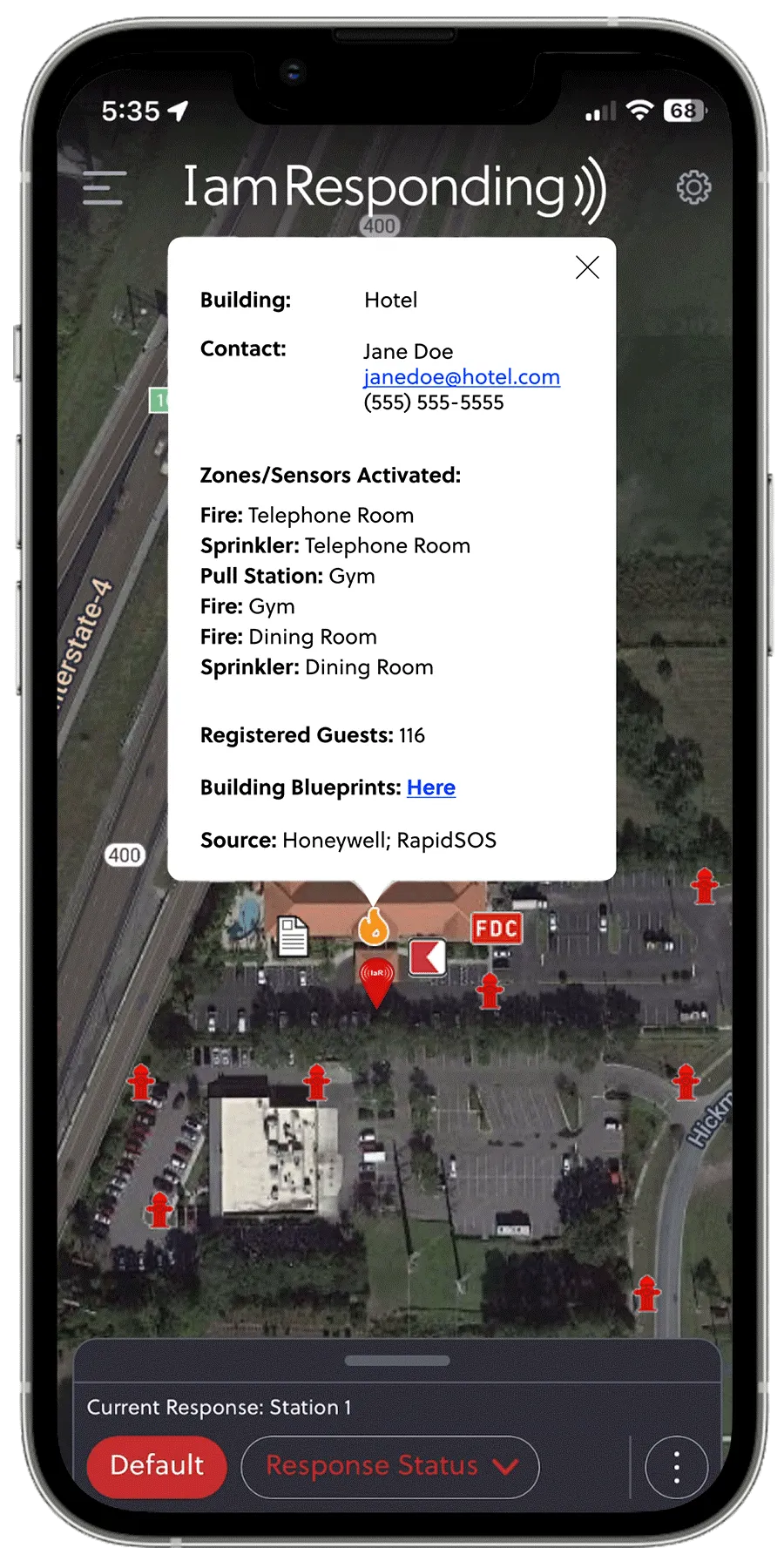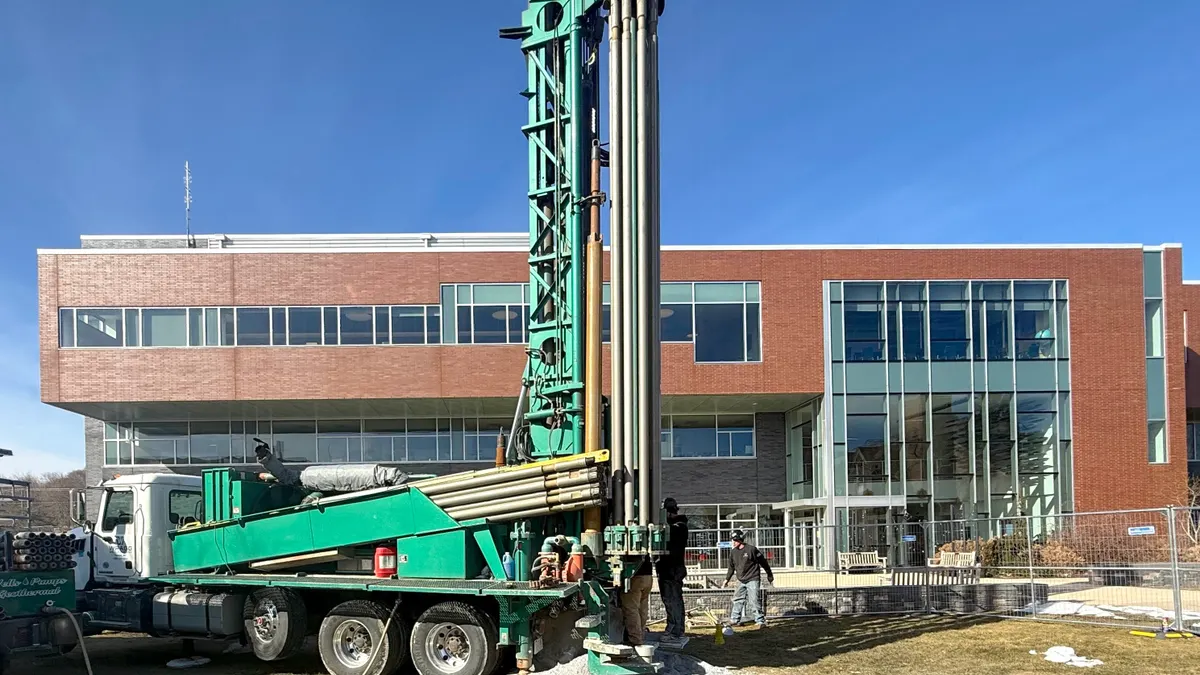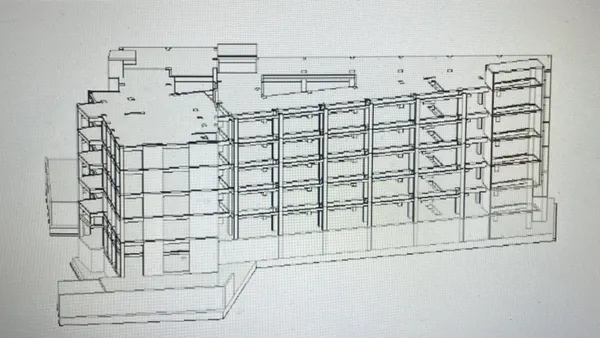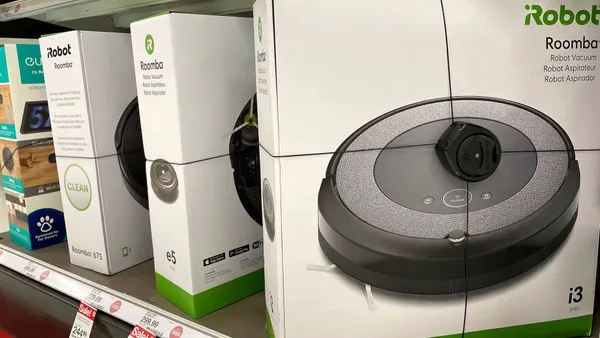Dive Brief:
- RapidSOS is partnering with Emergency24 to expedite the delivery of alarm signals from fires at commercial sites while providing first responders with more precise data, it announced today.
- The Emergency24 integration will give telecommunicators and field responders direct access to hazard type, severity level and specific location details within impacted buildings, RapidSOS said in a release.
- The integration, which the companies have tested in recent months, can cut incident response time from a two-and-a-half-minute phone call to a 13-second digital dispatch, Emergency24’s vice president of operations, Steve Mayer, stated in the release.
Dive Insight:
The number of non-residential fires rose by 20% in the U.S., with fatalities up 70% and dollar losses up 21%, from 2012 to 2021, according to the U.S. Fire Administration. It estimates that U.S. non-residential buildings experienced 116,500 fire incidents, 115 deaths, 1,025 injuries and losses of more than $3.6 billion that year.

During a commercial fire emergency, central stations assess and verify the accuracy of signal data received from the building’s fire panels. As part of the partnership, Emergency24 is integrating commercial fire data into its monitoring centers and digitally sharing it with first responders to boost the efficiency of data delivery during incidents, RapidSOS reported in its release.
RapidSOS is an intelligent safety platform that links data from more than 500 million connected devices, apps and sensors to safety agents, 911 operators and first responders worldwide, the company told Facilities Dive in an email. Its alarm signal data can be shared from the fire panel communicator, assessed by a central station and received digitally by emergency communication centers and field responders, eliminating the need for phone calls, manual handoffs and transcription errors, it said in the release.
Edward Parkinson, president of the public sector at RapidSOS, says he believes that the partnership will reduce the emergency-response burden on facilities managers. “This technology takes a lot of decision-making out of the hands of facilities managers and puts that trust in the hands of public safety professionals. It’s another way for [facilities managers] to create safer environments, because it takes a lot of guesswork out,” Parkinson said in an interview.
“When you think about how …we can [best] protect people in buildings, you now have accurate data about an incident, including locational information, that gets pushed immediately to 911 dispatchers. [And] the fire community responding to an incident can know [in advance] that they’ve got to approach a particular building from a particular side or angle,” he explained.
“Honestly, the biggest advantage is knowing that the occupants and assets within their facility would receive the…most responsive monitoring and fastest dispatch through Emergency24’s alarm monitoring and RapidSOS’s digital full alerts to emergency call centers,” Emergency24’s Mayer told Facilities Dive in an email.
“The technology integrations between RapidSOS and its partners will help further modernize and digitize the public safety communications infrastructure,” Sameer Agarwal, vice president and general manager of commercial fire Americas at Honeywell Building Technologies, an investor in RapidSOS, said in the release.












